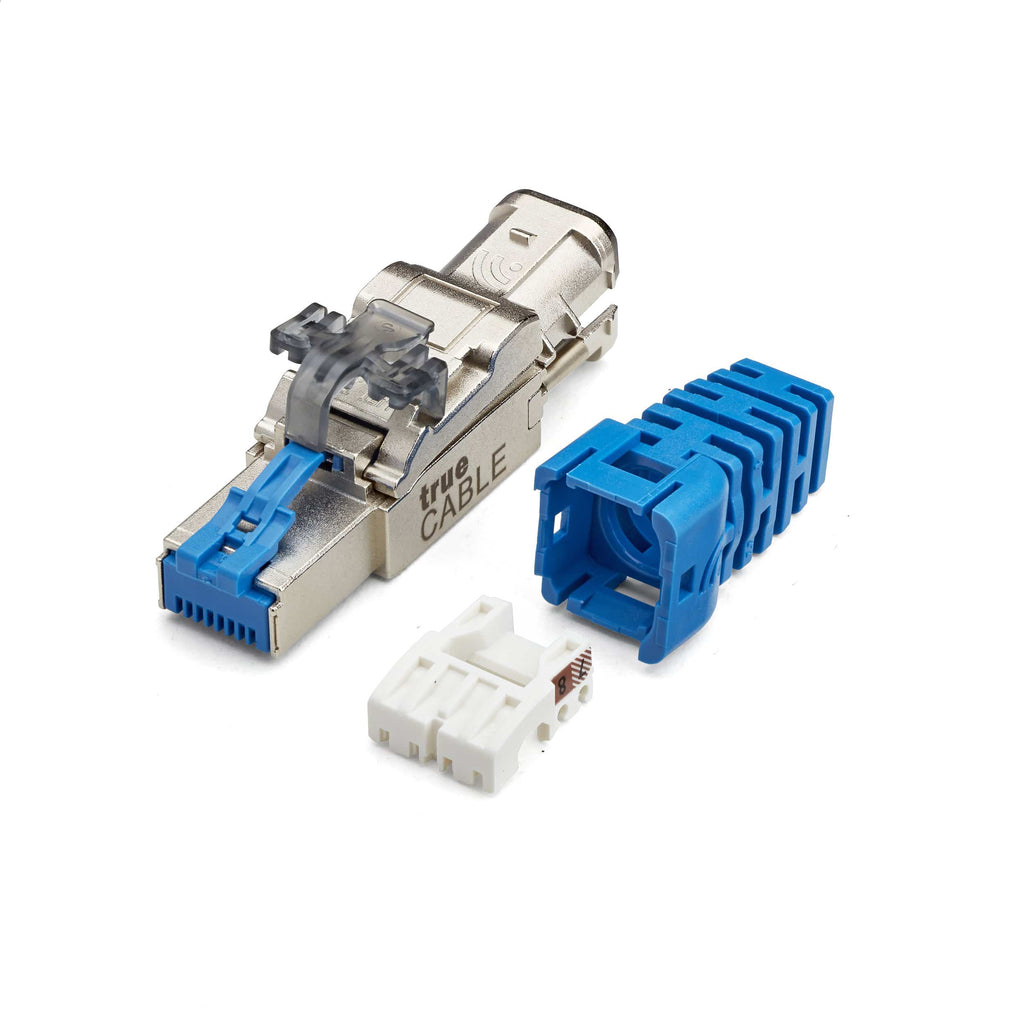Title explains the request.
I'm looking for one or more "How to" videos showing Cat 6a cable being installed, correctly, on to a punch block on a patch panel.
I've searched on YouTube andsome, many, most of the things people say and do are questionable.
I'm looking for practices that fully and completely respect the specifications that allow for 500 Mhz bandwidth and 10 Gbps.
I have read the specs, more exactly cable manufacturer's summaries of the actual specs from ANSI/TIA-568.2-D and TIA.
I'm looking for one or more "How to" videos showing Cat 6a cable being installed, correctly, on to a punch block on a patch panel.
I've searched on YouTube and
I'm looking for practices that fully and completely respect the specifications that allow for 500 Mhz bandwidth and 10 Gbps.
I have read the specs, more exactly cable manufacturer's summaries of the actual specs from ANSI/TIA-568.2-D and TIA.



